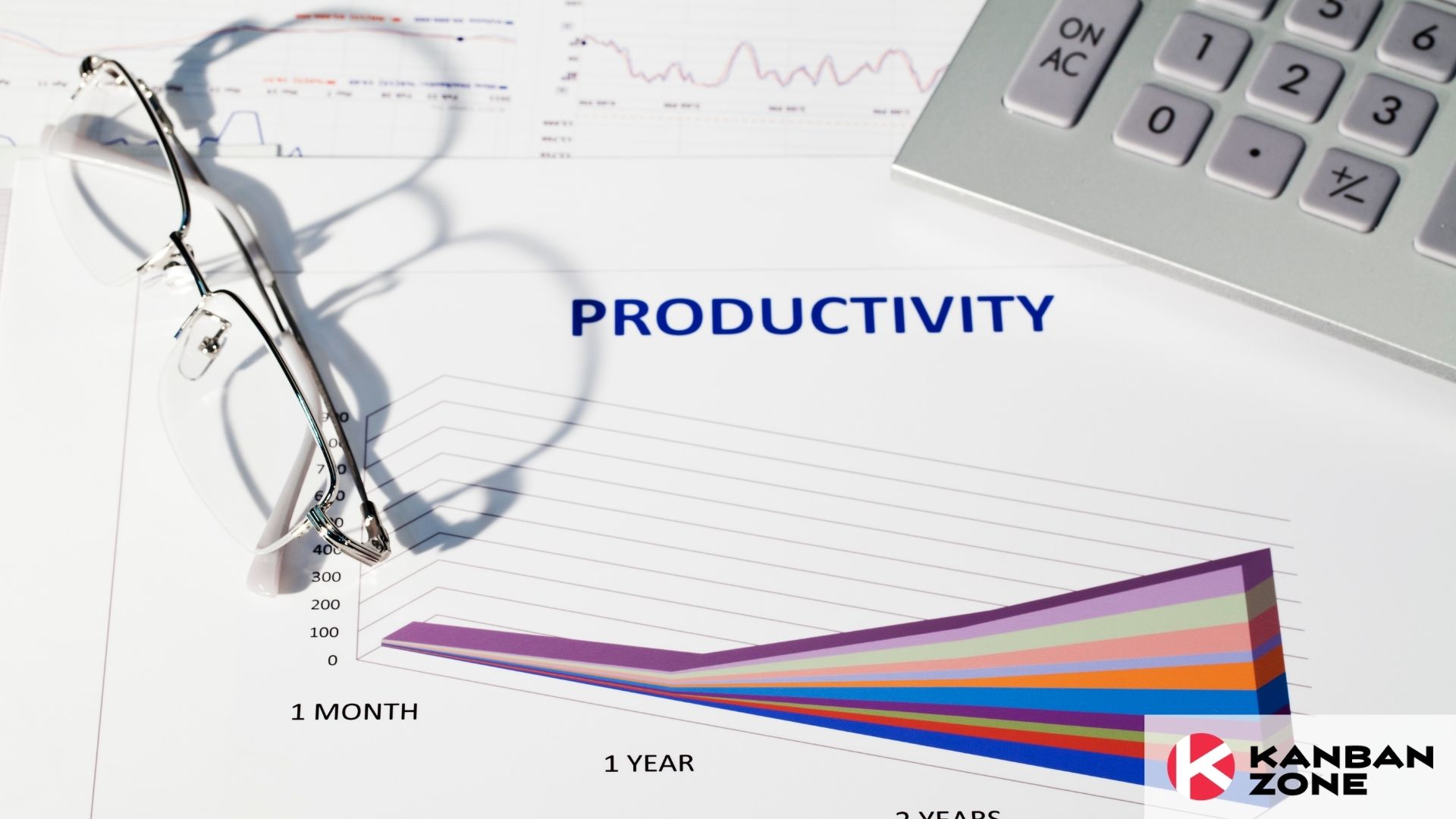
A project management plan is an essential file normally completed during the inception phase of a project’s life cycle. It is a formal document used to guide both project delivery, project governance, and monitoring and evaluation.
The completed project management plan provides the project’s senior responsible owner (SRO) or project director with robust evidence and assurances that the project is ready to move into implementation.
5 Steps to Writing an Effective Project Management Plan
1. Define the Project Scope
In order to start writing a project management plan, the first element you need to cover is the very definition of your project, including its objectives, constraints, and purpose. Luckily, you will have outlined many of these elements already in the project proposal.
The definition step should be used to elaborate on the scope or ultimate goal of the project clearly. It should also mention any potential delivery limitations, such as budget constraints, the schedule, and any related areas that the project will not manage to cover.
It is important to take the time to thoroughly define your project’s scope. Doing so will contribute to assuring funders or project leaders that the rest of your plans will advance the project in the desired direction.
Additionally, determining the metrics or KPIs you’ll use to monitor your success is crucial to defining the project’s scope and objective. You can either mention them in this step, or match them to outputs and deliverables (explained below).
2. Identify Outputs and Deliverables
While talking about the scope and objectives of your project may be more abstract in nature, this next step is there to ensure that the project achieves those objectives in a measurable way.
By outlining the project’s main and specific outputs and deliverables, you illustrate which measurable results your project will yield in order to be accurately evaluated by the closing of the project.
When writing this section, team members should ask themselves: What are we going to develop, produce, achieve, or deliver? How will we measure those developed outputs?
This step will bring the project’s purpose to life by defining exactly what will be achieved or developed as a direct consequence of your project, and how those achievements or developments will be determined.
3. Assign Tasks to Key Personnel
The next step is related to your project team’s duties and who’s going to be in charge of what. You should use this section of the PMP to allocate specific tasks to each team member, and set deadlines for when each activity must be completed.
You want to ensure that your project will advance at a steady and realistic pace, however, you also want to be mindful of how your staff members will stay consistently motivated and engaged by the tasks assigned, and whether the deadlines you choose to set are manageable for them.
Therefore, while drafting your project management plan, be sure to include dates for completing activities and deliverables that are both reasonable and attainable. Indicate dates that for any reason must remain rigid or fixed, and take the corresponding team members’ general capacity into account.
Additionally, this section should include checkpoints or milestones to track your team’s progress and recognize accomplishments. Use some kind of project time tracking software to make this process more streamlined.
Ultimately, this section should give anyone reading the project plan a clear overview of how and when your project will be completed.
4. List Relevant Stakeholders
The success of a project may be made or broken by its stakeholders. If your main stakeholders aren’t satisfied, nobody will be, even if you fulfill all the project deliverables and achieve all goals. Therefore, this step is all about pinpointing the people whose involvement is crucial to the successful completion of the project.
Stakeholders are people who will either be directly affected by the results of the project, or otherwise have some kind of vested interest in it. They are the individuals who will actively participate during project delivery because they either stand to benefit from it being successful, or lose out due to unsuccessful delivery.
Apart from considering which people you need to additionally involve, you should also define the level at which their involvement is necessary. For example, if your project includes working with schools and the public education system, you will want to reach out to the appropriate government bodies to let them know, so their officials may plan to participate in any relevant activities, or even attend potential visibility events with you.
5. Identify Project Risks
Finally, identifying project risks is an incredibly important step to consider before diving into project implementation.
Describing potential risks and how you will mitigate or manage them in case they need to be de-escalated allows project managers to track and record any potential hazards that might jeopardize the effective completion of the project.
Risk management always requires being proactive in dealing with problems or setbacks. That is why any difficulties that might come up over the project’s lifespan should be noted in due time, i.e. at the planning stage, and then monitored accordingly as the project progresses.
Again, every detected risk should have a recommended mitigation strategy included in the risk management plan, as well as recommendations related to back-up plans or similar.
Conclusion
The project management plan is the key reference document and focal point for managing a project.
Once approved by the project leadership team, it becomes the baseline for project scope, timelines, costs, personnel resourcing, and project outputs and outcome targets.
Keep in mind that this document should be regularly reviewed and updated as agreed with the SRO or project director during the course of the project.
We hope the above tips will help you formulate a great project management plan for your upcoming projects.
This was a guest blog. Please review our guest blog disclaimer.
Learn to Work Smarter, Not Harder!
Get our top articles weekly.
Table Of Contents
Discover many more posts…







